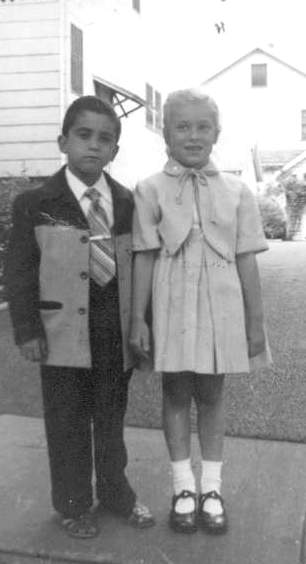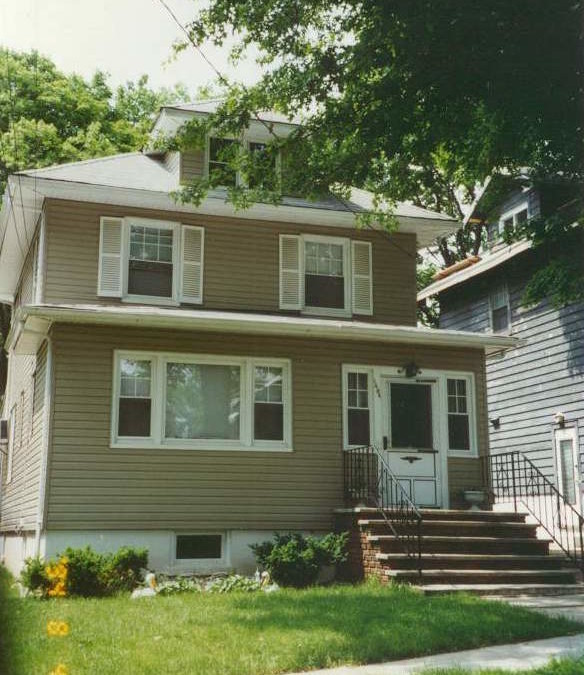The landscape of my childhood was filled with oaks and maples that swayed beside two-story, wood-sided homes with front stoops where parents sat smoking cigarettes on summer evenings while children chased fireflies.
Hillside was a town where neighbors spent time together, chatting while raking leaves and watching them burn in the fall, visiting over coffee and cigarettes on winter mornings, taking storm windows down and putting up screens in the spring, and talking on front stoops during sultry summer evenings when sitting inside became unbearable. Doors remained open, yards unfenced, and we each knew which door to enter when dropping by a neighbor’s house.
Children floated freely between households and felt welcome in all. We walked to school together, sledded down the hills for which the town was named, jumped into puddles on rainy days, and traveled on foot to the places we frequented—the corner grocery, candy store, library, synagogue, and Jewish center—unaccompanied by adults.

In the 1950s and ’60s, Hillside, a suburb of Newark, was approximately one-half Jewish. I grew up thinking that most of the world was Jewish. The few Catholic families who lived among us attended Christ the King Church; some sent their children to its parish school, while others’ children attended Hillside Avenue School with the rest of the neighborhood kids. The Batchelors, Fitzsimmonses, Pavlaks, and Yugoslawskis dwelled happily among their Jewish neighbors, and we all got along well. I did not know there were Protestant religions until I became a teenager.

While my neighborhood on Highland Avenue was warm and welcoming and my parents loving, my world was filled with fear.
Many of my fears were instilled by my older sister, Blanche.
Born in 1944 while World War II raged, she was adopted shortly after her birth. Her baby picture shows a smiling cherub, impeccably dressed in a short-sleeved white cotton blouse with a Peter Pan collar and an embroidered front placket edged in lace. The blouse is neatly tucked into a pleated plaid wool skirt. White leather high-top shoes, white anklet socks, and a white bow attached to wisps of blond hair that surround her smiling face complete the outfit. In this photograph, Blanche is the picture of childhood innocence, her left hand outstretched as if to wave hello. But there is a hint of mischief in her smile, perhaps a portent of things to come.

